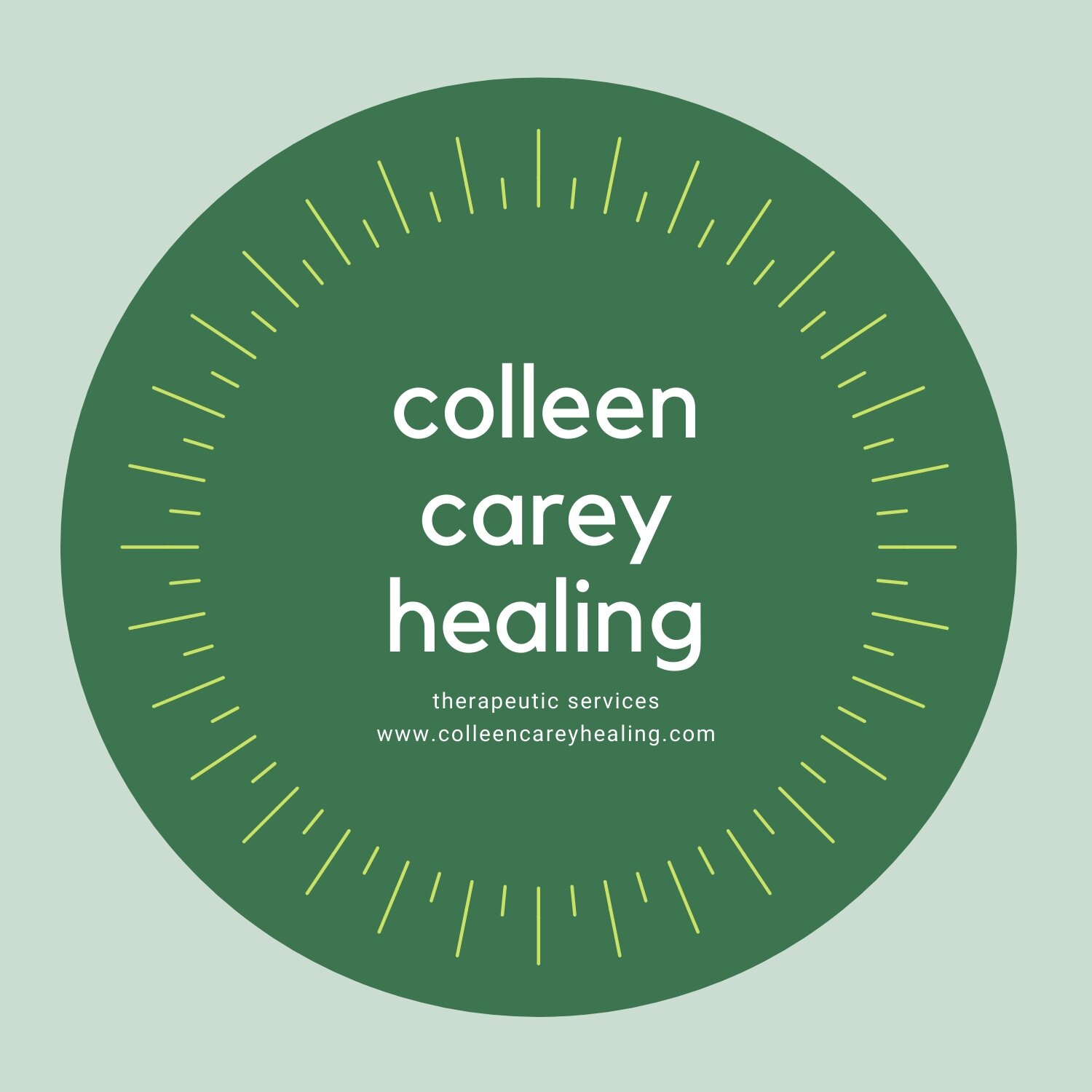Regulate
Music is the language of my soul. Don’t worry, I know it’s cheesy. My most vivid memories center around music, lying down in the shaggy brown living room carpet, my ear pressed against the speaker of the record player disguised as furniture. I’d lift the lid to tune the radio or flip over the record, then I’d stay right in front of the speakers because I was certain that I could somehow find the musicians inside and see exactly what they looked like and how they moved. A song can take me back to an image, emotion, and even physical sensation, just like that. When I got my first Walkman, I finally had a soundtrack for my life and the drama of my inner world. Spotify, Shazam, and Genius are literal dreams come true.
Music helps me connect to myself, and I felt validated in reading about music as a strategy for autonomic nervous system regulation. Anyone who has attended a sporting event knows that songs can spark adrenaline and energy to motivate you to compete. If you’ve danced at a wedding reception, you know that music connects you with everyone. Experiencing loss or rejection through a song can bring emotions to the surface and spill out a much needed cry. I love this about music, and it turns out that making a playlist is not only fun, but therapeutic! We can use music to modulate our mood and regulate our nervous systems.
I’m sharing links to a few of the playlists I have created that evoke regulation when I’m in various states. Sympathetic charge is the same energy that helps you get out of bed each morning to live your day. In big doses it pushes you into a fight or flight reaction, in smaller doses it compels you to take care of yourself and can motivate you to do more. Dorsal vagal response is the most primitive of our autonomic nervous system. It’s the freeze response, evoking a feeling of dissociation from your body and life experience. I envision a possum playing dead. Then there’s ventral vagal regulation, which relies on social engagement to regulate feelings and maintain a steady state. Listening to music that evokes certain states can help us process emotions and stress, and it can help us feel regulated and connected.
I encourage you to experiment with this on your own. I found that I have a LOT of songs for my Dorsal Vagal playlist, and it’s helped me understand how much I’ve relied on music to help me cope with pain. Then I can switch over to my Ventral Vagal playlist and enjoy the easy vibes I feel. When it’s time to exercise, I put on a Sympathetic Charge playlist. It’s gets me moving. I know the language is clinical, and you don’t need to use it, but you get the idea. Music is moody, and you can use it to help you manage your moods. So try it, and let me know what happens! Share your playlists with me too! I’d love to listen!
Below are some of my Spotify playlists:
Colleen's Sympathetic Charge: Excitement and Motivation
Colleen's Sympathetic Charge: Fight or Flight!
